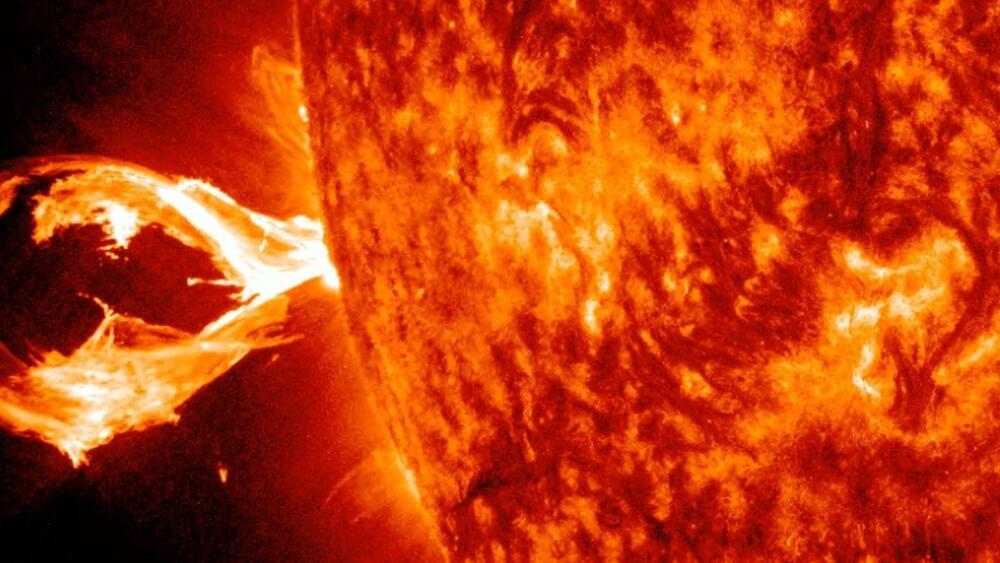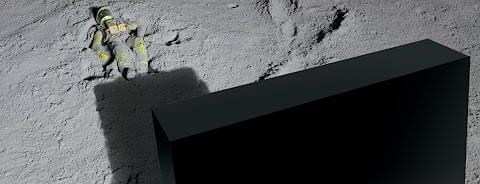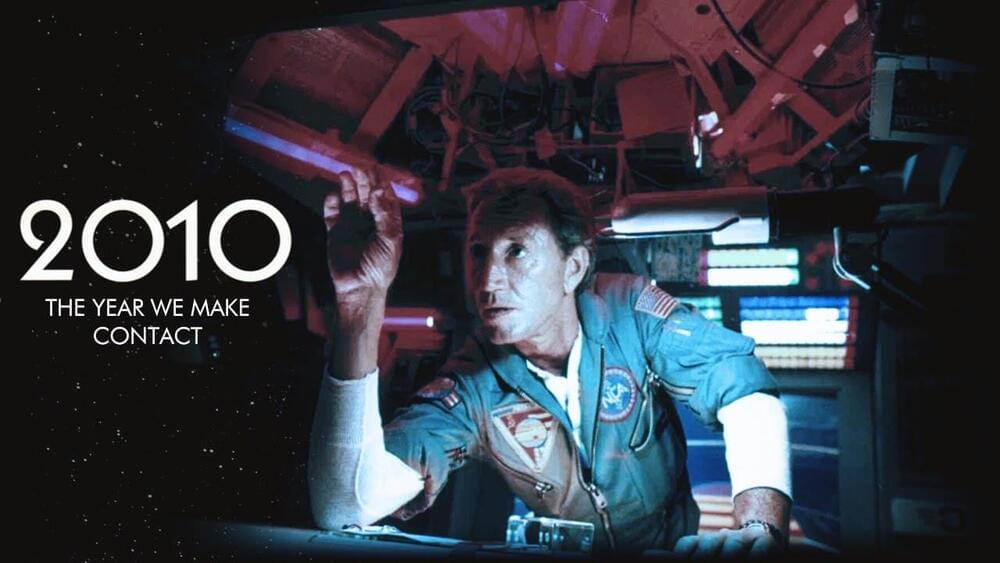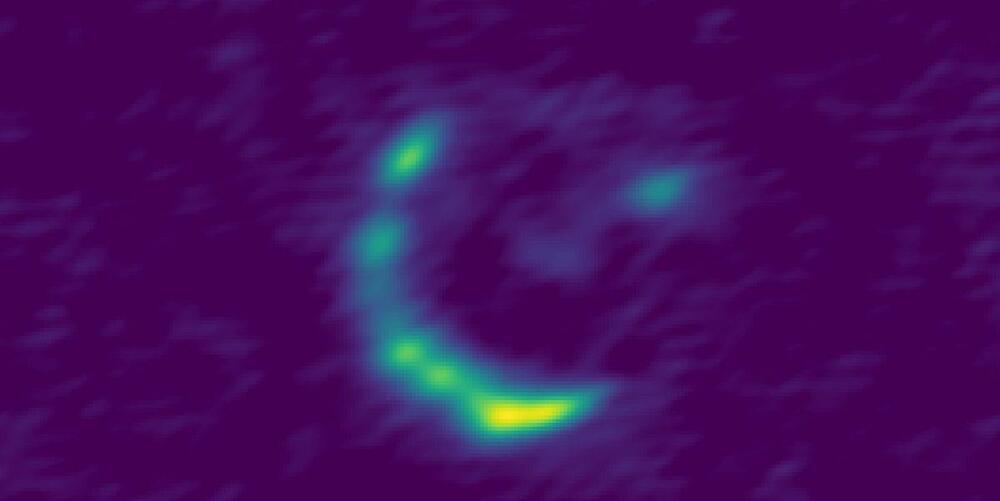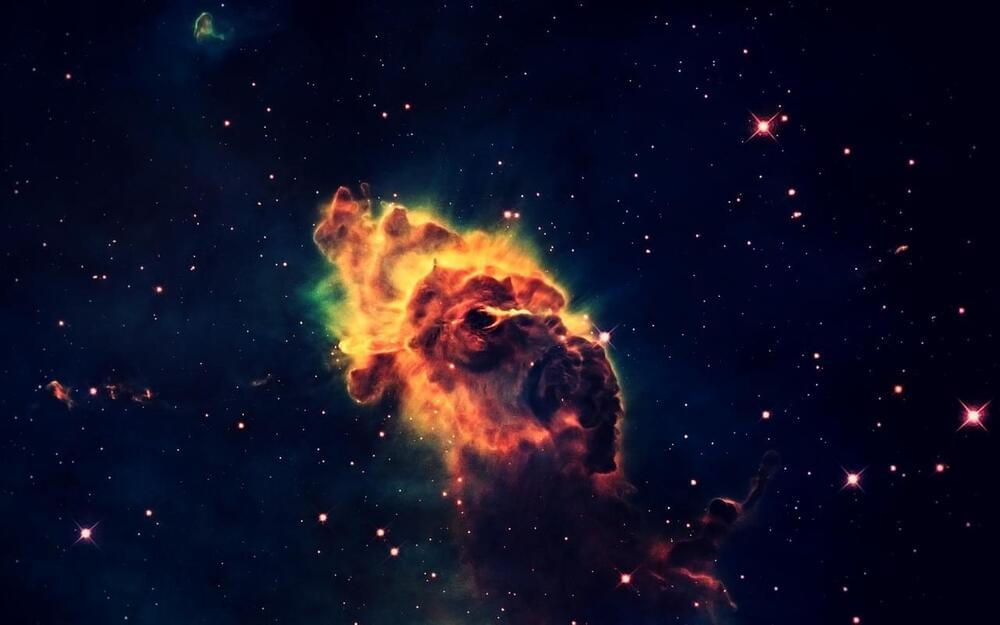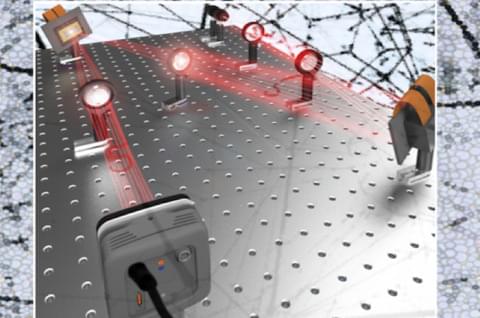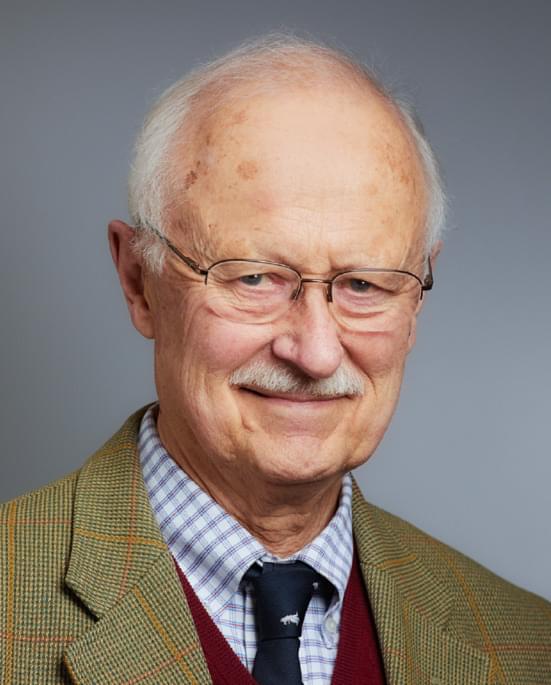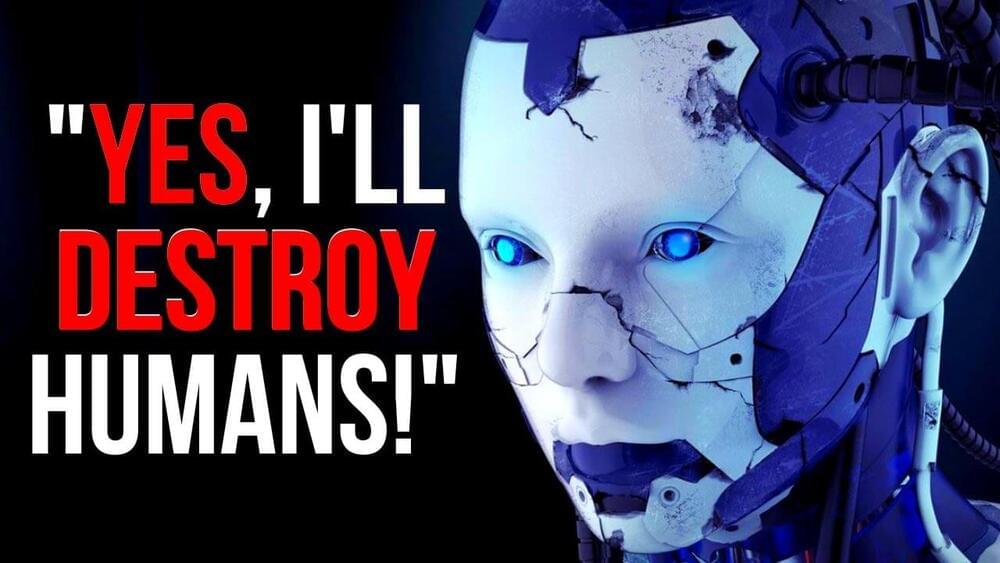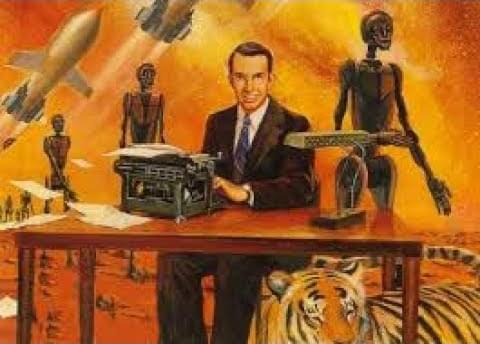The sun is growing more active in its regular 11-year-cycle and has a huge sunspot serving as a hotbed of flares and other activity.
Any sufficiently advanced technology is indistinguishable from magic.
Sorry, IGNORING A C Clarks PLOTS FOR 2010 AND 3001!!!!!!!!!!! Some 203 years and 2 months after astronaut Frank Poole (Gary Lockwood, this short approved by the self same actor) is murdered by the Discovery’s A.I. HAL 9,000, his body encounters a Monolith. Using practical models and digital versions of the analogue VFX tricks used in the original, with respect to Stanley Kubrick, Douglas Trumbull and Wally Veevers.
For the people who dont read the first line in this description…
My God it’s full of stars.
2010: Odyssey Two — The Year We Make Contact. (Contains Spoilers)
The Forgotten Sequel.
Starring: Roy Scheider.
How many galaxies are there in the universe, and is it possible to compute them? As per BBC Sky and Night, the number of galaxies in the universe will be equal to the Universe’s size multiplied by the average number density of galaxies. In practice, estimating these two figures properly is tough.
The universe’s overall size is unknown. Recent studies suggest that the number of galaxies may be limitless, meaning that there are an endless number of galaxies.
SUMMARY Researchers at the George Washington University, together with researchers at the University of California, Los Angeles, and the deep-tech venture startup Optelligence LLC, have developed an optical convolutional neural network accelerator capable of processing large amounts of information, on the order of petabytes, per second. This innovation, which harnesses the massive parallelism of light, heralds a new era of optical signal processing for machine learning with numerous applications, including in self-driving cars, 5G networks, data-centers, biomedical diagnostics, data-security and more.
THE SITUATION Global demand for machine learning hardware is dramatically outpacing current computing power supplies. State-of-the-art electronic hardware, such as graphics processing units and tensor processing unit accelerators, help mitigate this, but are intrinsically challenged by serial data processing that requires iterative data processing and encounters delays from wiring and circuit constraints. Optical alternatives to electronic hardware could help speed up machine learning processes by simplifying the way information is processed in a non-iterative way. However, photonic-based machine learning is typically limited by the number of components that can be placed on photonic integrated circuits, limiting the interconnectivity, while free-space spatial-light-modulators are restricted to slow programming speeds.
THE SOLUTION To achieve a breakthrough in this optical machine learning system, the researchers replaced spatial light modulators with digital mirror-based technology, thus developing a system over 100 times faster. The non-iterative timing of this processor, in combination with rapid programmability and massive parallelization, enables this optical machine learning system to outperform even the top-of-the-line graphics processing units by over one order of magnitude, with room for further optimization beyond the initial prototype.
Download/Stream Lost : http://lprk.co/lost.
Video Credits:
Directors: Maciej Kuciara, pplpleasr.
Production Company: Shibuya — http://shibuya.xyz.
AI Production: Kaiber, Jacky Lu — https://kaiber.ai/, Sagans, @sagansagansagans.
Are we dabbling in dangerous waters by advancing artificial intelligence? As we continue to push the boundaries of technology and artificial intelligence, it’s important to consider the potential consequences. In this video, we’ll explore the dangers of conscious AI as seen through the lens of Musk’s warnings and proposed solutions. In today’s video we look at Elon Musk on the Dangers of Artificial Intelligence…Keep watching to see artificial intelligence and elon musk artificial intelligence and of course elon musk on artificial intelligence and the steep dangers of artificial intelligence and to be aware of artificial intelligence and elon musk on AI and the dangers of artificial intelligence and artificial intelligence is dangerous and of course artificial general intelligence and artificial intelligence documentary and the artificial intelligence danger and sophia the robot artificial intelligence and the future of artificial intelligence Subscribe for Artificial Intelligence, Data Science, and Tech. Inspired by Tech Vision, Moconomy, and Digital Engine. Inspired by Experts say she will end humanity. Here’s the fix, with Elon Musk, ChatGPT, AI robots. Inspired by Japanese Killer Robots Murder 29 Scientists | Elon Musk Warned Us About ThisInspired by Elon Musk Released Terrifying Details About The Tesla AI BotInspired by Elon Musk’s Last Warning About Artificial IntelligenceInspired by “I Tried To Warn You” — Elon Musk LAST WARNING (2023)Also check out: https://youtu.be/ywST4J656kQOn Technology Titan we will go through Artificial Intelligence, Crypto, and Technology. Stay tuned for the latest AI, SpaceX, and Cyber Security. Click here to subscribe: bit.ly/3WvpXbT
Dimension X — With Folded Hands
Posted in military
Wikipedia: “With Folded Hands…” is a 1947 science fiction novelette by American writer Jack Williamson. Willamson’s influence for this story was the aftermath of World War II and the atomic bombing of Hiroshima and Nagasaki and his concern that “some of the technological creations we had developed with the best intentions might have disastrous consequences in the long run.”
The novelette, which first appeared in the July 1947 issue of Astounding Science Fiction, was included in The Science Fiction Hall of Fame, Volume Two (1973) after being voted one of the best novellas up to 1965. It was the first of several Astounding stories adapted for NBC’s radio series Dimension X.
The story was followed by a novel-length rewrite, with a different setting and inventor. This was serialized, also in “Astounding” (March, April and May 1948), as “…And Searching Mind”, and finally published as “The Humanoids” (1948). Williamson followed with a sequel, The Humanoid Touch, published in 1980.
